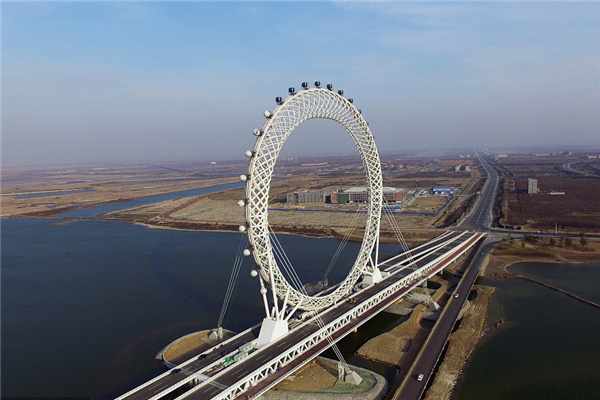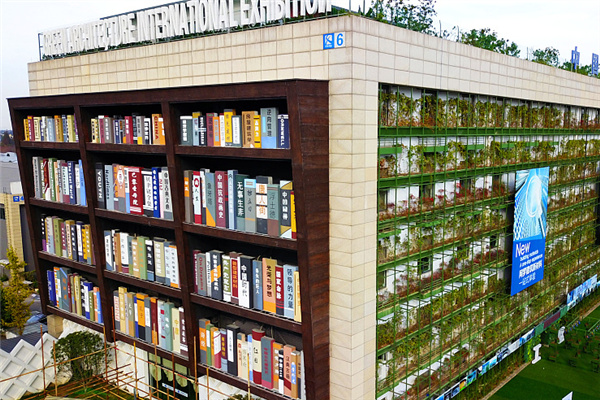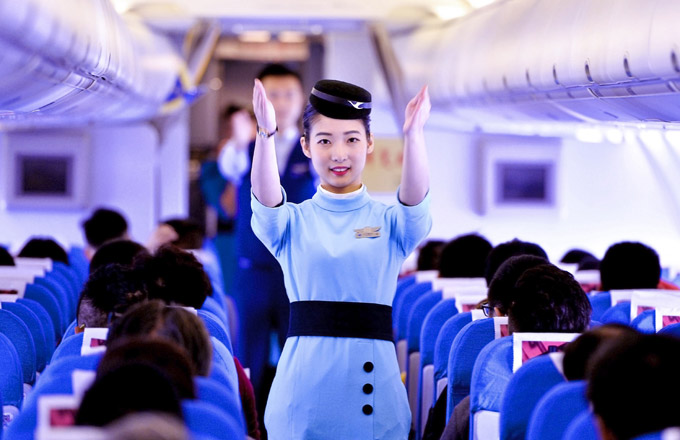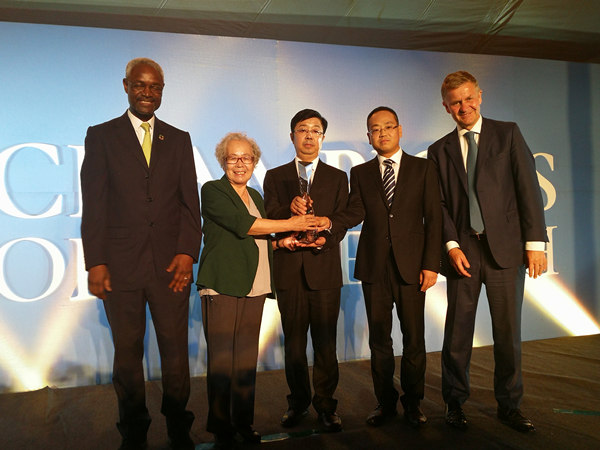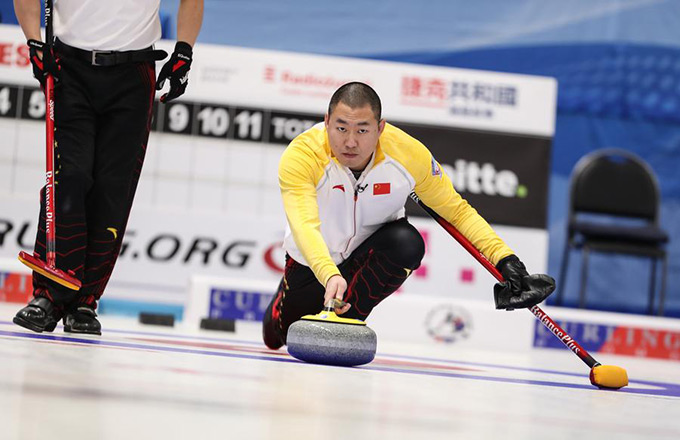

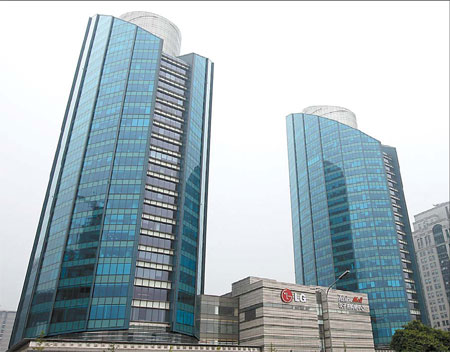
When Woo Nam-kyun visited Beijing for the first time in 1983 it was his third year working for South Korea-based LG Electronics and he stayed in the Jiangguo Hotel.
He still remembers there was a tract of farmland cross the street. Now there stands the 140-meter-high twin towers of LG (China), where Woo works as the president and CEO. The buildings resemble LG's headquarters in its home country.
"China's development in the past three decades is dazzling," says Woo, who is also the chairman of South Korea Chamber of Commerce in China.
He says South Korean people are very proud of the fast growth achieved by their country, but China has recorded an even faster development since its reform and opening up in 1978.
"It is very hard for a country with a large territory, much larger than South Korea, to maintain such fast growth," he says.
What amazed the South Korean businessman is the fast urbanization in the country, which he describes as one of China's most significant achievements in its reform and opening progress. The living condition of Chinese people has been largely improved, too.
Although South Korea established formal diplomatic relations with China in 1992, quite late in comparison to other Asian countries such as Japan and India, South Korean businesses wasted no time in cashing in on the opportunities.
As a major multinational in South Korea, LG took the initiative in investing in China in Huizhou, Guangdong province, in 1993, with an initial investment of $3.5 million. Now the factory producing digital products, such as AudioHiFi, CDRom and DVDRom, provides about 10,000 jobs for locals.
LG's investment in China, the first from South Korea, has stimulated investments by other South Korean businesses.
According to the statistics from the South Korea, there are at least 40,000 South Korean companies investing in China with an accumulated investment of about $100 billion. Established in 1993, the South Korea Chamber of Commerce now has 6,000 members.
Woo says South Korean businesspeople regard China as an amiable and safe investment destination as the two countries are close in culture and South Korea also uses Chinese characters, known as hanja; (although not widely, as its own alphabet, Hangul, was created in the 1400s.)
"The polices the Chinese government offers to foreign investment are attractive," Woo says adding that China, as one of the world's largest economies, is also a big market.
During the past 16 years, China has become the largest trade partner of South Korea and Korea one of China's top 10 trade partners.
Statistics from the Ministry of Commerce shows China's exports to South Korea hit $56.14 billion in 2007, up 26.1 percent from a year earlier while the country's imports from South Korea stood at $103.75 billion, up 15.6 percent.
The relationship between the two countries has also been highly promoted. China and South Korea last month agreed to upgrade their "comprehensive and cooperative partnership" to "strategic cooperative partnership" during the latest summit talks between Chinese President Hu Jintao and his South Korean counterpart Lee Myung-bak.
"I think a strategic cooperative partnership means any decision by one side will impose a remarkable impact on the other," Woo explains.
At the earlier stage of their investment in China, South Korean businesses, like many other foreign investors, focused on the manufacturing industry in a bid to take advantage of the labor and resources in the country. But Woo says they should adapt themselves to the changing circumstances.
However, differentiating themselves from other players does not mean they have to give up the manufacturing industry, Woo says. South Korean business people should take the business in China as a "cause" rather than simply taking it as a manufacturing facility.
For example, he explains, LG set up a joint venture in Shenyang, Liaoning province in 1994, producing CRT televisions for both domestic and overseas markets.
While a number of Chinese people are replacing their CRT televisions with flat-screen TVs, the South Korean company hasn't shut the factory down. Instead, it has turned to developing markets abroad, such as Central and South America, India, East Europe and East Africa.
"Now it does exports only and keep a quite good profit margin," Woo says.
He says the company had spent a lot in training employees in the Shenyang factory, which helps its shift to new overseas markets.
As the newly elected chairman of the South Korea Chamber of Commerce, Woo suggests that both governments speed up reaching a free trade agreement (FTA).
"The two countries should ink a free trade pact as soon as possible because such a pact will help sharpen the competitive edge of both countries, by opening the markets to each other and sharing the resources," he explains.
The fifth round of joint study on a possible FTA was held in Beijing between June 11 and 13 with officials discussing a feasibility study that began in November 2006.
"In a long run, if we can form a free trade system among China, Japan and South Korea. It could be as influential as the North American Free Trade Area and the European Union," Woo says.
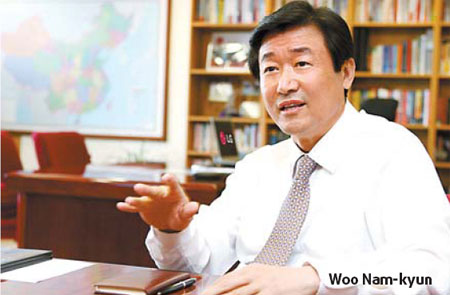
(China Daily 06/23/2008 page6)


